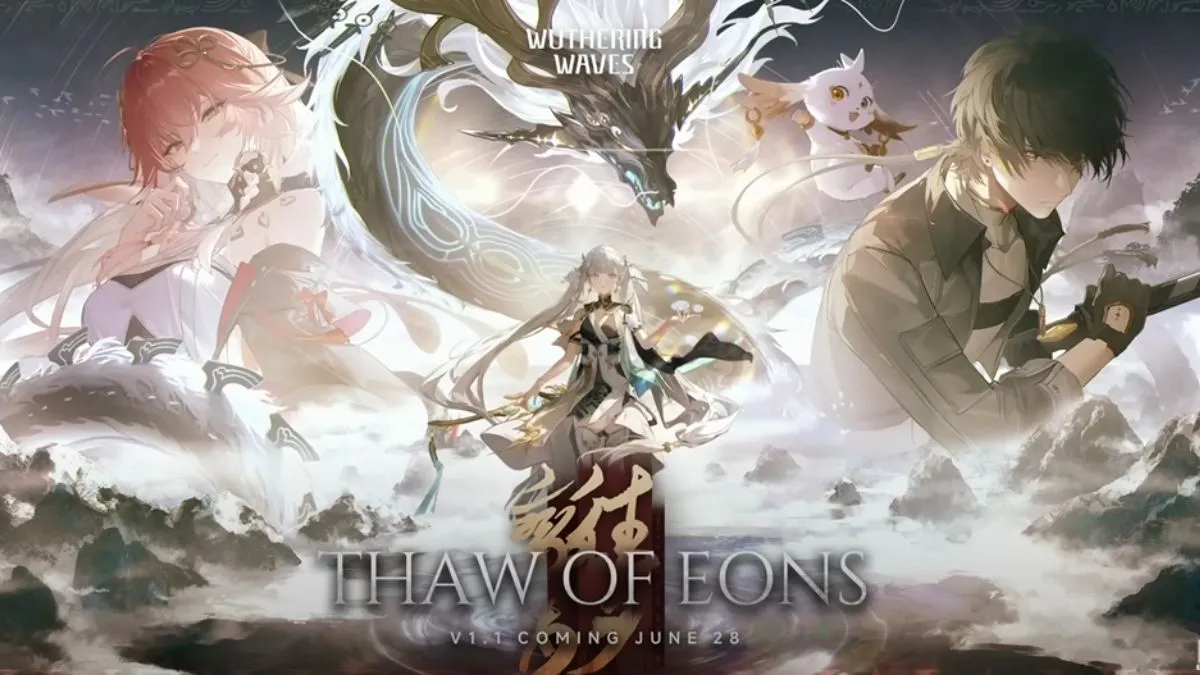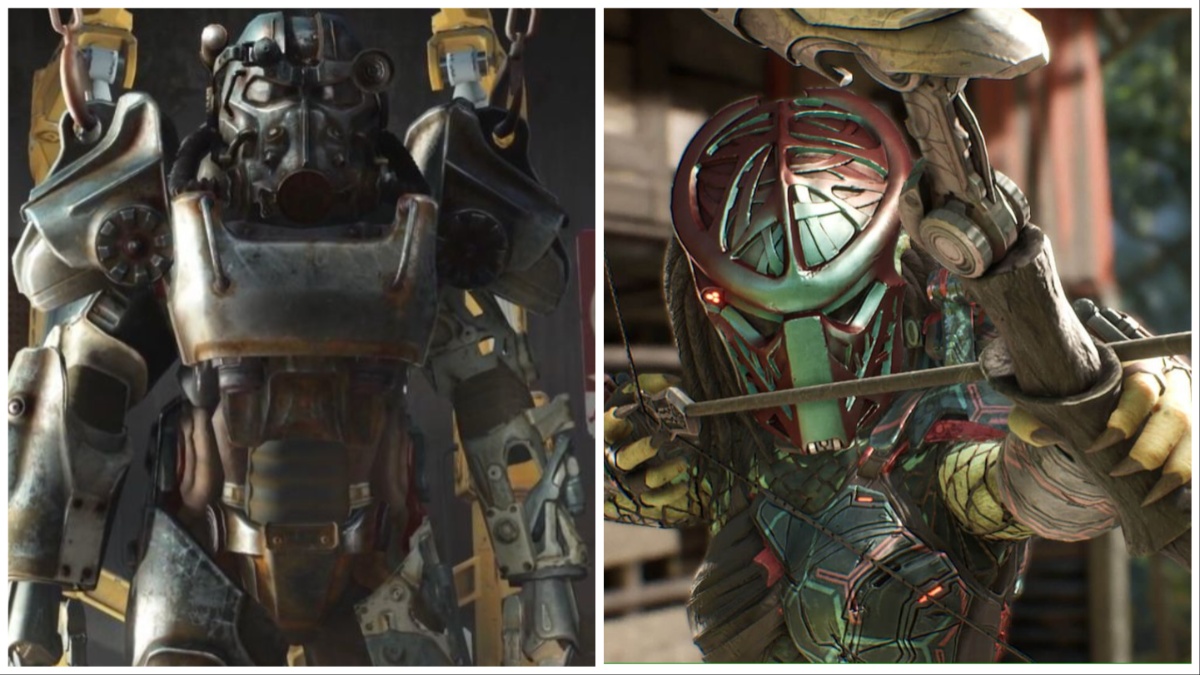While many MMOs make the conversion to free to play, Final Fantasy XIV: A Realm Reborn has made a bold (some would say foolish) decision to launch with the traditional subscription based model. Like a few other big box titles, such as World of Warcraft, FFXIV:ARR will cost $14.99 month to month, $42 for three months ($13.99/mo), or $78 for six months ($12.99/mo). Albeit a bit traditionalist, such pricing has proved to be tried a true.
How “Tried and True” can Subs be if so Many Games are going Free to Play?
Well, according to FFXIV:ARR’s game director and producer, Naoki Yoshida, choosing between a fee to play model and a subscription model comes down to where a studio’s money is coming from.
When Money comes from the Outside
Simply put, the size of a game development studio directly affects how that studio gets its money. For example, a smaller, lesser known studio, will require the help of outside sources to develop their game. Until the recent Kickstarter revolution, the traditional method of obtaining money for a game was through investors. In this traditional system, investors put up their personal money with the intention that the money will be returned to them.

Here we see the common investor, celebrating his recent success.
So what does this mean for the studio that has decided to team up with investors? Well, it means the company needs to fulfill their agreement to pay back their investors. It is this, the need to repay, that often drives companies to a free to play model. As Yoshida put it in his interview with Venturebeat:
“If your game gets a lot of users and a lot of subscriptions right away, your investors will be happy and you can pay them. But what happens if you don’t hit that number right away?”
Well what happens is, staff doesn’t get paid, content isn’t created, but most pressing, investors are expecting returns. Yoshida explains an option:
“One option to get instant money is free-to-play, or selling these items. To get that money so you can pay off your staff, pay off your investors, and start making new content, switching to free-to-play, selling items, and using that money is one way to do it.”
So there you have it: games like SWTOR and Rift chose to make the switch to free to play, because their subscriptions were not pulling in the revenues expected. Switching to a free to play model allows for a quick and large burst of revenue!
When Money Comes from the Inside
Now, this method of funding is rather rare. According to Yoshida, only Square Enix and Blizzard fund their MMOs with their own money. So, what does this mean? This means there is a more stable income, staff doesn’t have to worry about not getting paid, and there are no investors expecting large returns (although there are higher level employees in the company).

Because there are no investors waiting with baited breath, games like World of Warcraft, and Final Fantasy XIV: A Realm Reborn have a bit more breathing room. Essentially, as Yoshida puts it, “as long as we’re increasing the amount of people we have, then we’ll get that money [cost of development, and profit] and make the players happy.”

Yea…but WoW is Wow!
Now you may be saying “Sure, that makes sense, but World of Warcraft has millions of subscribers–of course they’re not thinking of going free to play.” While this is a valid argument, you have to think about where WoW started. Blizzard was already a successful company, with a few successful IPs, but they had never attempted an MMO.
Luckily, because World of Warcraft was an internally funded project, Blizzard had more time to work out kinks, and slowly but surely build up its enormous following which continues to sustain the game today.
What about FFXIV:ARR’s Future, Will they Eventually go Free to Play?
I am not by any means saying the FFXIV:ARR will be the next World of Warcraft, and neither is Yoshida. However, Final Fantasy is one of the most recognizable franchises in video game history, with an extremely strong history of great games (with a few exceptions, FFXIV 1.0 included). Such a powerful IP is sure to draw in new players, both MMO fans, and Final Fantasy fans who’ve yet to try an MMO. But will IP strength alone help maintain a healthy subscriber base for FFXIV:ARR?
Yoshida seems confident that the game won’t be switching to a free to play model any time soon. And why is that? Content, and lots of it. Yoshida is confident his team will be able to produce enough content to keep players happily paying their monthly subscriptions. As he put it
“Players need that new content. Not being able to provide it is fatal. If they were able to produce as much content as players wanted, then people would have stayed there. We don’t really believe it’s a problem with the business model. It’s how that’s handled.”
What do You Think?
It goes without saying that the F2P vs. Subscription debate is one of the hottest topics in the MMO industry these days. Players, developers, and business analysts alike are touting the merits of both models, often very passionately. I cannot tell you how many arguments I’ve seen break out between my friends about which business model is better.
Therefore I ask you: Do you think Yoshida’s decision to launch FFXIV:ARR is a good decision? Do you think the game will thrive on a subscription, or be forced into the free to play model like so many other AAA MMO titles? And how do you feel about the F2P debate as a whole?
As always,
Comment below, game hard, and stay safe!






Published: Jun 20, 2013 01:52 am